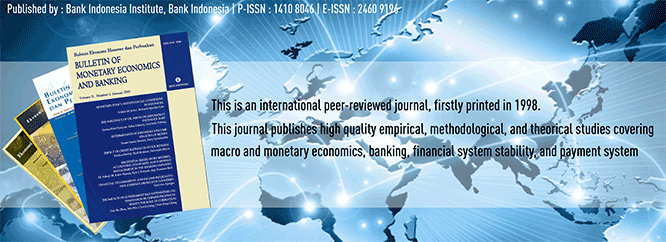
Document Type
Article
Abstract
This study measures and compares the efficiency of Islamic banks in Malaysia and Indonesia using Data Envelopment Analysis (DEA), which is a non-parametric and deterministic methodology for determining the relative efficiency. The intermediation approach will be applied.This study identifies the sources and the level of inefficiency of the inputs and outputs. The results show that the Islamic banking in Indonesia is more efficient than the one in Malaysia in all three measurements; the technical, the scale, and the overall efficiency. Technically, financing is one of the sources of inefficiency in Malaysia, while human resource is one of the sources of inefficiency in Indonesia.Islamic windows should be encouraged to convert to subsidiaries or Islamic full branches to improve the scale and the overall efficiencies in Malaysia. Furthermore, the accelerated expansion both organically and inorganically is needed to improve the scale and the overall efficiencies of the Islamic banking in Indonesia.JEL Classification: C14, G21, G28Keywords: Islamic banking, performance, efficiency, Data Envelopment Analysis (DEA).
Recommended Citation
Ascarya, Ascarya and Yumanita, Diana
(2008)
"COMPARING THE EFFICIENCY OF ISLAMIC BANKS IN MALAYSIA AND INDONESIA,"
Bulletin of Monetary Economics and Banking: Vol. 11:
No.
2, Article 3.
DOI: https://doi.org/10.21098/bemp.v11i2.237
Available at:
https://bulletin.bmeb-bi.org/bmeb/vol11/iss2/3
First Page
95
Last Page
119
Creative Commons License

This work is licensed under a Creative Commons Attribution-NonCommercial 4.0 International License
Country
Indonesia
Affiliation
Bank Indonesia







